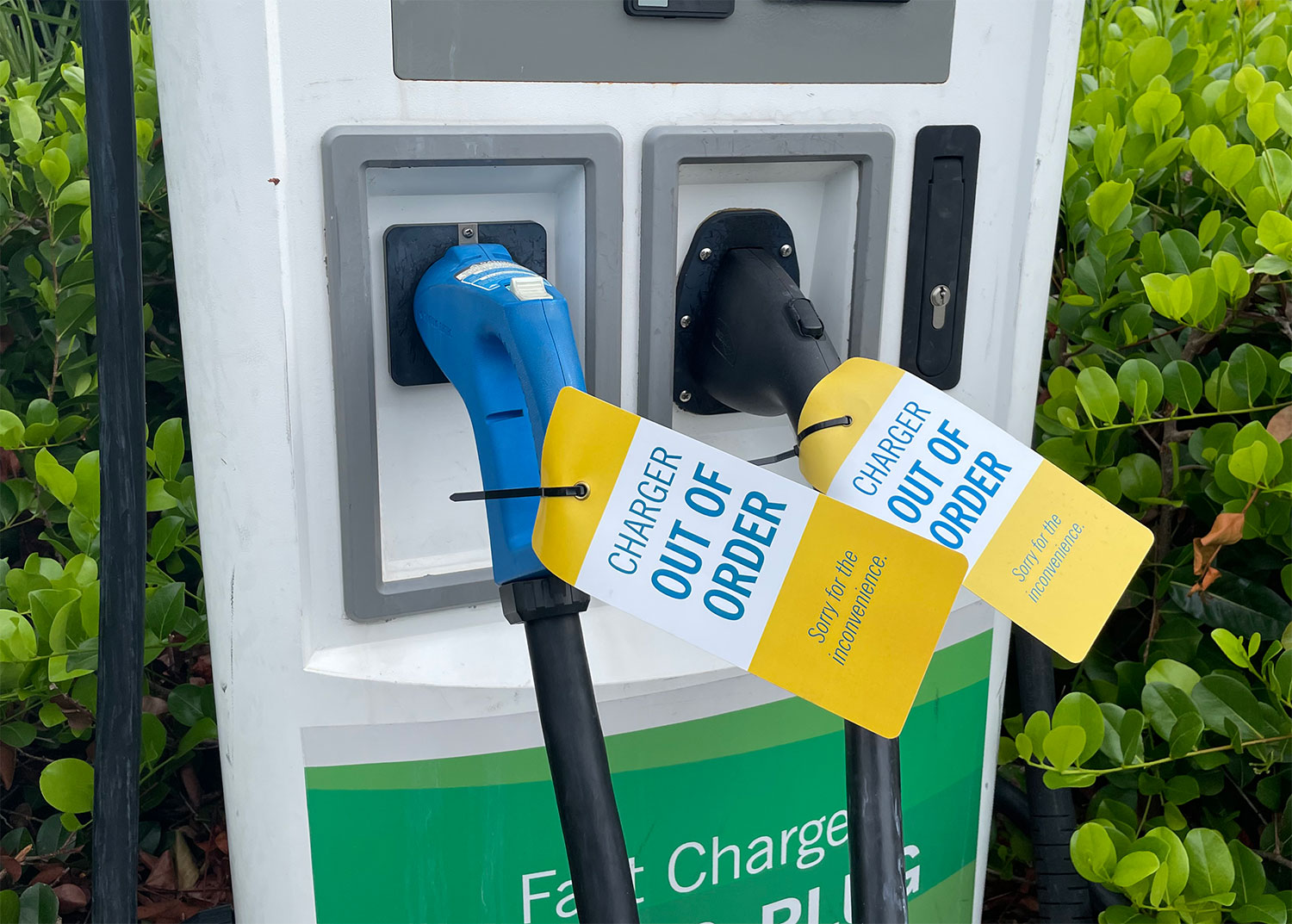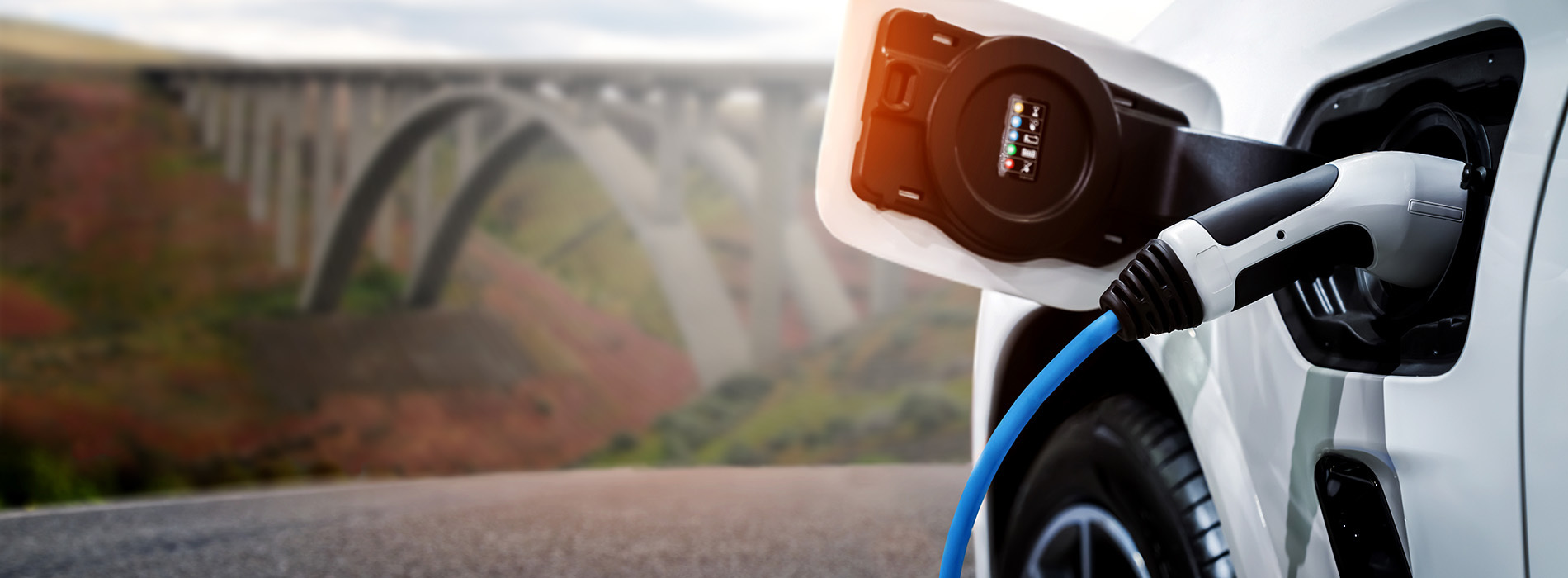Top Reasons Why It’s Essential to Buy EV Charging news Regularly
Top Reasons Why It’s Essential to Buy EV Charging news Regularly
Blog Article
Leading EV Charging Information: Key Updates on Facilities and Development

Current Innovations in Fast-Charging Modern Technology

In addition, developments in battery modern technology, including boosted thermal administration systems and higher energy thickness batteries, complement fast-charging abilities. These growths reduce the threat of battery deterioration throughout rapid charging, making sure longevity and performance for EV owners.
In addition, the integration of clever charging services is improving customer experience, enabling real-time tracking and vibrant prices versions. EV Charging news. This adaptability enables vehicle drivers to optimize billing times and expenses based on grid demand
As car manufacturers proceed to spend in fast-charging networks, the collaboration between sector stakeholders is important. Collaborations in between billing terminal suppliers and auto manufacturers are leading the way for considerable coverage, ultimately fostering a more robust EV community. These improvements are crucial in sustaining the change to sustainable transport.
Federal Government Campaigns for Billing Development
Federal government efforts play a critical role in the expansion of electric vehicle (EV) charging infrastructure, helping with the transition to sustainable transport. Numerous government and state programs are being applied to boost billing ease of access, decrease the financial burden on customers, and advertise the adoption of electric vehicles.
Notably, the united state government has allocated substantial financing via the Framework Investment and Jobs Act, which earmarks $7.5 billion for EV billing network advancement across the nation. This financing is focused on deploying hundreds of brand-new billing stations, particularly in underserved locations, consequently dealing with range anxiousness among potential EV customers.
In addition, various states are enacting regulation to improve the allowing process for billing terminal installments, which is vital for speeding up release. Rewards such as tax credit scores and refunds for both consumers and organizations are likewise being presented to motivate the installment of charging framework.
Additionally, public-private collaborations are progressively becoming a focus, leveraging exclusive investment to match federal government funding. These campaigns highlight a joint method crucial for building a effective and detailed EV charging network, eventually adding to a greener and more sustainable future.
Ingenious Battery Solutions Enhancing Effectiveness
Revolutionizing the landscape of electric car (EV) innovation, ingenious battery remedies are considerably improving performance and performance. Advancements in battery chemistry, especially with lithium-sulfur and solid-state batteries, are leading to boosted power thickness, which permits for longer arrays and faster charging times. These new battery types have the potential to outshine typical lithium-ion batteries these details by offering higher capacities while decreasing weight, consequently enhancing overall car effectiveness.
Additionally, advancements in battery administration systems (BMS) are enhancing power usage and extending battery lifespan. Smart algorithms monitor battery health and performance, enabling real-time adjustments to billing and releasing processes. This not only enhances the efficiency of the battery but also guarantees a much more sustainable and dependable energy source for EVs.
Additionally, the combination of recycling modern technologies is resolving the ecological effect of battery production and disposal. Innovations in second-life applications for EV batteries are facilitating their use in power storage space systems, adding to a circular economic situation.
As these cutting-edge battery options proceed to develop, they promise to change the EV market, making electric vehicles extra easily accessible and attractive to a more comprehensive audience while sustaining worldwide sustainability goals.

Collaboration Between Automakers and Charging Networks
Acknowledging the essential demand for a durable billing framework, automakers are significantly teaming up with billing network providers to enhance the EV ownership experience (EV Charging news). These partnerships aim to create a seamless charging community that benefits consumers and sustains the change to electrical lorries
Significant automotive brands are signing up with pressures with well-known billing networks to broaden their charging station insurance coverage, ensuring drivers have accessibility to trusted and practical billing options. For example, collaborations with networks like ChargePoint and Electrify America enable automakers to incorporate charging options directly into their cars' navigation systems, leading customers to the nearby stations and giving real-time schedule updates.
Furthermore, these cooperations typically lead to the development of fast-charging innovations that considerably lower the time required to browse around here recharge an EV. By merging resources and competence, automakers and charging networks can introduce quicker, developing services that fulfill the growing need for electric wheelchair.
Additionally, joint initiatives may additionally result in even more standardized charging methods, which can minimize customer confusion and promote wider EV fostering. In general, these critical alliances are crucial in building a effective and straightforward billing infrastructure that satisfies the requirements of an expanding electric automobile market.
Challenges Facing EV Charging Facilities
As the electrical lorry market remains to expand, numerous challenges are surfacing that impede the advancement of a thorough charging infrastructure. One of the main challenges is the inadequate variety of billing terminals, specifically in country and underserved city locations. This space develops array anxiousness amongst possible EV buyers, discouraging them from making the switch.
Additionally, the lack of standardization accountable innovation makes complex the facilities landscape. Variations in plug types and charging speeds can create complication for customers and enhance functional complexities for charging network operators. Moreover, the combination of charging stations into existing electrical grids poses significant obstacles. Several regions face ability constraints, calling for substantial investments in grid upgrades to suit boosted demand.
An additional pushing problem is the high cost related to the installment and upkeep of charging terminals, which can be an obstacle for both private businesses and public entities. Regulatory obstacles and zoning restrictions can delay the release of charging framework, hindering progression in broadening vital solutions. Attending to these challenges will be critical for fostering a durable EV ecosystem that supports the transition to lasting transportation.
Conclusion
In final thought, the continuous innovations in EV charging technology, sustained by substantial federal government initiatives and innovative battery services, are vital for the development and performance of electrical car facilities. Partnerships in between car manufacturers and billing providers even more improve station protection, resolving the growing demand for accessible charging options. Despite challenges that linger within the EV billing landscape, these growths represent a positive trajectory towards official website a more reliable and lasting electric car community.
Developments in billing facilities have led to the development of ultra-fast battery chargers qualified of providing up to 350 kW of power, considerably decreasing billing times. Variants in plug kinds and billing speeds can produce complication for customers and raise functional complexities for billing network drivers.In final thought, the ongoing improvements in EV billing modern technology, supported by significant federal government efforts and innovative battery remedies, are critical for the growth and effectiveness of electric vehicle facilities. Collaborations in between automakers and billing carriers additionally enhance terminal coverage, attending to the expanding demand for obtainable charging alternatives. In spite of obstacles that linger within the EV billing landscape, these developments symbolize a positive trajectory towards an extra efficient and lasting electric lorry environment.
Report this page